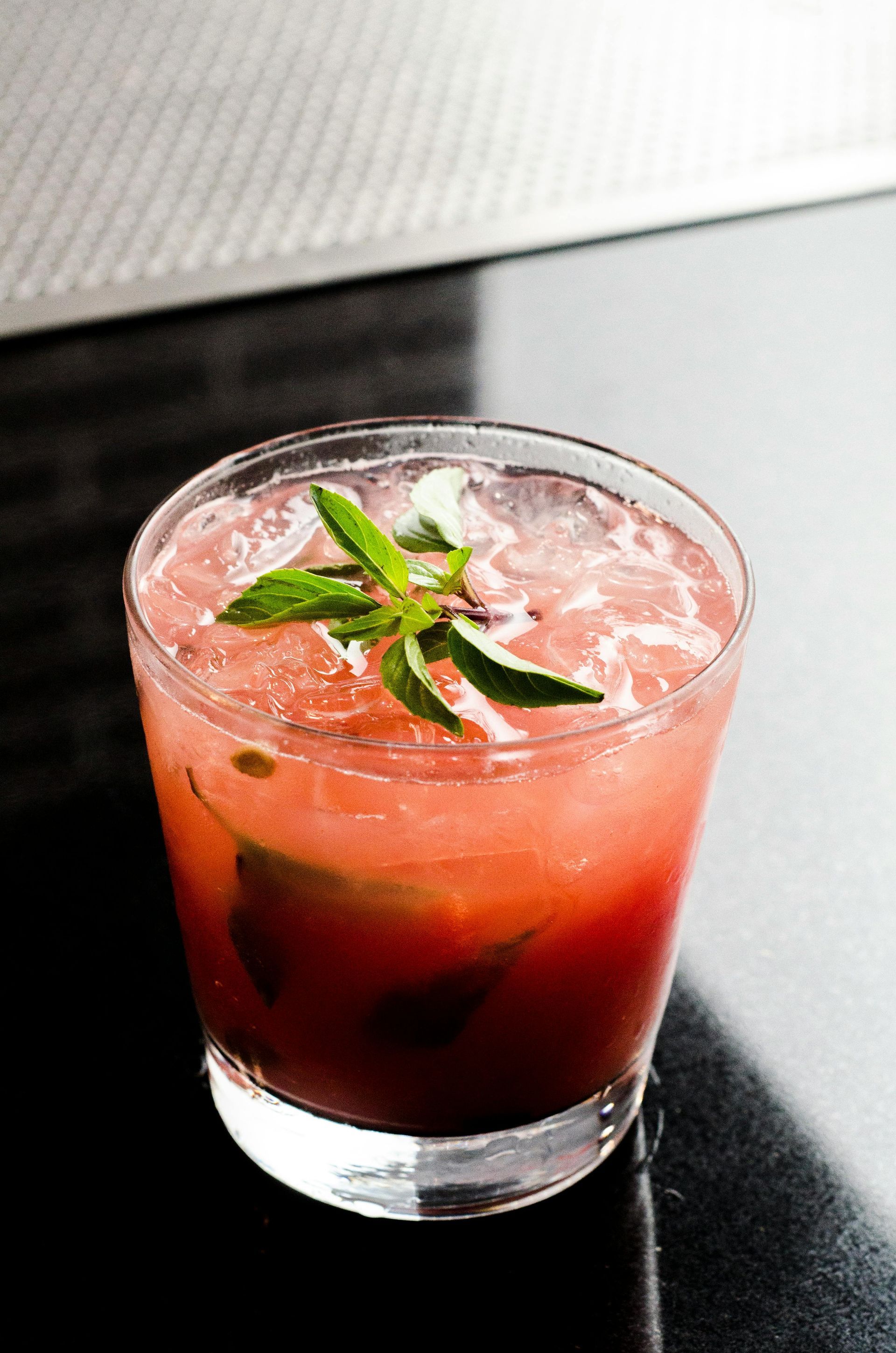How to Manufacture Non-Alcoholic Champagne: From Concept to Celebration
The demand for non-alcoholic champagne and non-alcoholic sparkling wines is on the rise. Consumers are embracing mindful drinking, seeking celebratory beverages without the effects of alcohol. For manufacturers, this is an exciting opportunity to create a product that feels premium, festive, and enjoyable—while meeting the needs of a growing market segment.
If you’re looking to manufacture a non-alcoholic champagne or non alcoholic sparkling wine, here’s a start-to-finish guide to help you through the process.
Step 1: Understand the Market
Before starting non-alcoholic champagne formulation, it’s important to know who you’re making it for. Non-alcoholic champagne appeals to:
- Health-conscious consumers reducing alcohol intake
- Pregnant women and parents looking for safe alternatives
- Sober lifestyle individuals
- Event and hospitality markets looking for inclusive celebration options
- These insights should guide everything from your flavor profile to your non alcoholic champagne packaging.
Step 2: Choose Your Base Wine
Non-alcoholic champagne starts with real wine. Traditional champagne grapes like Chardonnay, Pinot Noir, or Pinot Meunier are often chosen for authenticity.
Base Wine Quality Matters: Start with a well-crafted sparkling wine or still wine that has balanced acidity and aromatics. A strong foundation makes for a better dealcoholized wine product. We go into more detail about dealcoholize wine in our resource found here.
Step 3: Dealcoholization Process
The next step is removing alcohol while preserving flavor. There are several methods:
Vacuum Distillation: Alcohol is removed at a lower temperature to maintain delicate aromas.
Spinning Cone Column: A precise method that separates and captures flavor compounds before alcohol is removed, then reintroduces those flavors.
Reverse Osmosis: Wine is filtered to separate alcohol and water, then recombined with flavor compounds.
Each method has pros and cons in terms of cost, flavor retention, and scalability. Partnering with an experienced beverage co-packer or processor will help determine the best choice.
Step 4: Flavor Optimization
Once the alcohol is removed, the flavor profile may need adjustments. Common strategies include:
- Adding back natural grape must or concentrated juice for body
- Balancing sweetness with acidity to avoid a “flat” taste
- Incorporating subtle botanicals or natural flavors to enhance complexity
- The goal is to create a beverage that tastes festive, crisp, and enjoyable—not just like grape juice.
Step 5: Carbonation
Bubbles are what make champagne feel luxurious and celebratory. Your carbonation level of your non-alcoholic champagne should mimic the lively effervescence of traditional champagne. This is typically done through controlled CO₂ infusion.
Step 6: Packaging
Presentation matters. Non-alcoholic champagne should look and feel just as premium as its alcoholic counterpart. Consider:
- 750ml Glass Bottles with traditional cork and foil for a true champagne experience
- Mini Bottles (187ml) for events and single servings
- Cans for a modern, portable, eco-friendly option
- The design should signal luxury, celebration, and sophistication.
Step 7: Compliance and Labeling
Legally, non-alcoholic champagne (or sparkling wine) must contain less than 0.5% ABV. Labels must comply with FDA or TTB guidelines (depending on market), including nutrition facts and ingredient lists. Be mindful about using the word “champagne” since it’s regionally protected—most products use “non-alcoholic sparkling wine” unless sourced from Champagne, France.
Big Brands is knowledgeable about helping with FDA and TTB compliance.
Step 8: Production & Distribution
Once your formula and packaging are finalized, you can move into scale production with a beverage co-packer to manufacture your non-alcoholic champagne. From there, distribution channels may include:
- Retail (grocery, specialty shops)
- E-commerce (direct-to-consumer platforms)
- On-premise (restaurants, hotels, event spaces)
- Building relationships with distributors and positioning your product within the non-alcoholic category will be key to success.
Final Thoughts
Manufacturing a non-alcoholic champagne is both an art and a science. It requires thoughtful formulation, premium presentation, and market awareness. Done well, your product can become a go-to choice for celebrations where everyone deserves a glass to raise.
As the non-alcoholic beverage market continues to grow, there has never been a better time to create a sparkling, sophisticated, and inclusive product that brings people together—without the buzz.




